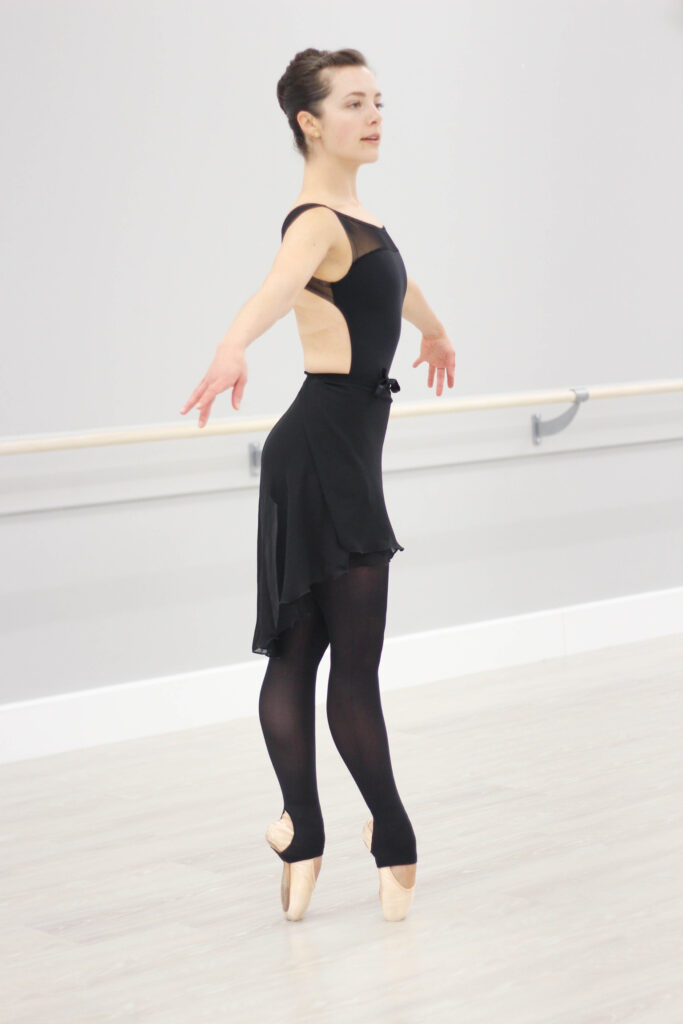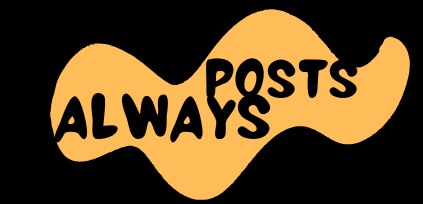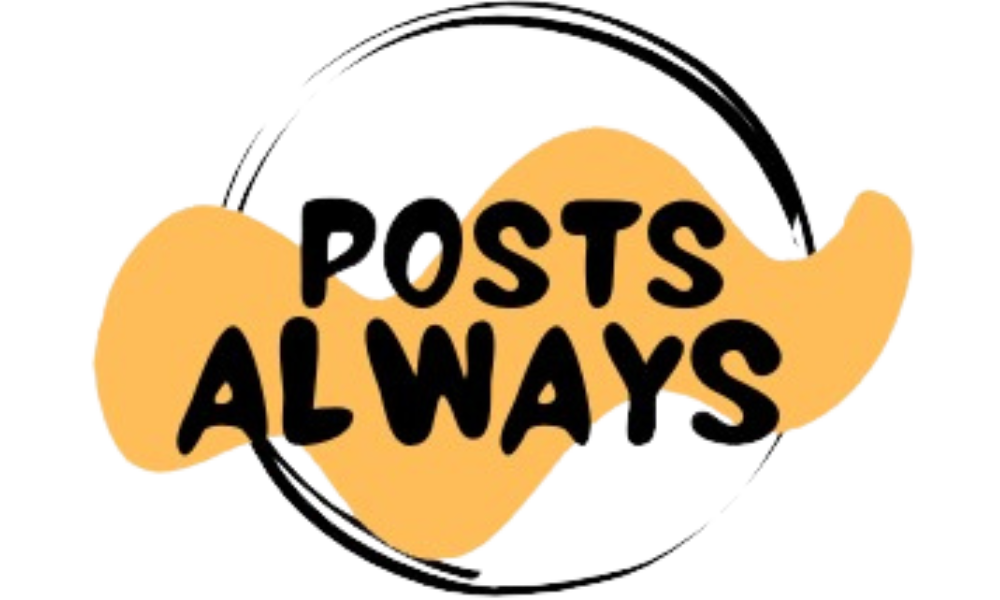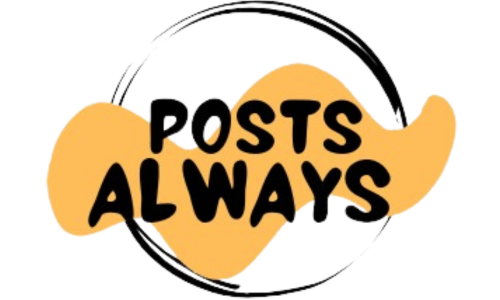The primary time Jessica Tong auditioned for Hubbard Road’s second firm, she made it to the top of the decision however didn’t get the job. The subsequent time she auditioned, six months later, she additionally didn’t get the job, however she did get a notice from then-artistic director Julie Nakagawa telling her to communicate. Tong ultimately joined Hubbard Road 2, moved to the principle firm, and have become rehearsal director and affiliate creative director of Hubbard Road Dance Chicago.
Though irritating, these two unsuccessful auditions performed a job in guiding Tong, then at a transitional second in her profession, from ballet to modern dance. Watching Hubbard Road onstage had helped spark her curiosity a couple of new route, and the auditions helped her understand she wanted extra coaching in numerous kinds of dance. “There was a lacking hyperlink that I wanted to determine,” says Tong, now rehearsal director for A.I.M by Kyle Abraham (and infrequently on the opposite aspect of the audition desk). “That was my takeaway.”
Auditions are an inescapable a part of most dancers’ paths, as are rejections. The nos will be crushing. However these experiences may yield insights dancers would possibly carry with them to the subsequent audition, class, or efficiency—and use to tell and form their trajectories.
Perception Via Expertise
Auditions will be revealing, declaring gaps and areas for progress. “I’ve realized that I must get out of my consolation zone,” says Caitlin Bond, a New York Metropolis–based mostly dancer whose clear, relatable audition recaps have gained her a following on social media. Like Tong, she started in ballet earlier than broadening her pursuits and touchdown the position of Victoria within the CATS nationwide tour.
Going by dozens of auditions in 2024 has been instructive for Bond. “The extra I do, the extra I discover little issues,” she says, including that how dancers conduct themselves issues—typically greater than method. Bond recollects one memorable audition wherein she by accident kicked a desk whereas putting a last pose, caught it because it toppled, stayed composed, and obtained a callback. Her experiences have taught her that decision-makers are watching—from the second dancers stroll in—observing the power they create and the way they work together with others.
Auditions are additionally a chance for performers to make their very own observations. “It’s best to discover how you’re feeling within the room,” says Jess Spinner, a well being, vitamin, and life-style coach and former skilled dancer. “In case you don’t really feel secure or comfy in that atmosphere, odds are, in the event you had been to work for them, it might be an identical feeling.”
Reflecting on Rejection
It may be tempting for performers to depart an audition that didn’t go their method and attempt to push it out of their thoughts, Spinner says. She advises her shoppers to withstand that urge. “I encourage dancers after each single audition to put in writing down what they really feel went nicely, what they want to enhance upon or do in a different way, after which how they’ll take each of these ideas into their subsequent audition expertise.” Spinner recommends asking questions like: What do I really feel completely satisfied about? The place did I really feel assured? Did I get caught on something that influenced the remainder of the audition? Have been there corrections that really feel helpful? What drew the eye of the folks working the audition? “Writing all of this down goes that will help you get a bit deeper into your mind to have some true, constructive takeaways,” she says.
The solutions to those questions can level to actionable steps. For instance, if a tough petit allégro mixture felt overwhelming, Spinner recommends on the lookout for difficult petit allégro combos on-line to sort out after each class till the subsequent audition. Whereas this will not magically advance method in a single day, Spinner says, it may possibly assist construct confidence.

This kind of self-reflection isn’t straightforward. “You’re in a susceptible area,” Tong explains. “It’s very, very taxing.” Earlier than reflecting on the audition expertise and drawing insights, she advises, “it’s okay to take a beat.”
Honing Auditioning Abilities
Bond was stunned that, even after about 450 performances of CATS, she was nonetheless burdened at auditions. “I’ve gotten rather a lot higher with performing nicely below strain, the extra auditions I’ve gone to,” she says. “Actually, one of the best ways to enhance your auditioning is to do extra auditions.” From her experiences, Bond determined to take extra hip-hop and faucet courses, realized she must be able to improvise, and realized adaptability and flexibility are key. “You actually by no means know what you’re going to stroll into,” she says, by way of what fashion—or mixture of kinds—dancers might be anticipated to nail within the studio.

Follow may help hone expertise essential to auditioning nicely, like choosing up choreography rapidly sufficient that the main target can prolong past the precise steps. Tong says she doesn’t essentially take a look at who will get the mix the quickest, although others would possibly. However realizing the steps is foundational, she says: “From there you possibly can actually personalize it and provides it a bit bit extra of your groove.”
When dancers are strolling into an unknown state of affairs, it’s pure to shrink, Tong says. It takes time to discover ways to be genuine with new folks rapidly in an unfamiliar setting, particularly when the stakes really feel excessive. “To have the ability to let your self actually be seen is a talent,” Tong says. And that’s one thing that “actually simply takes observe.”



